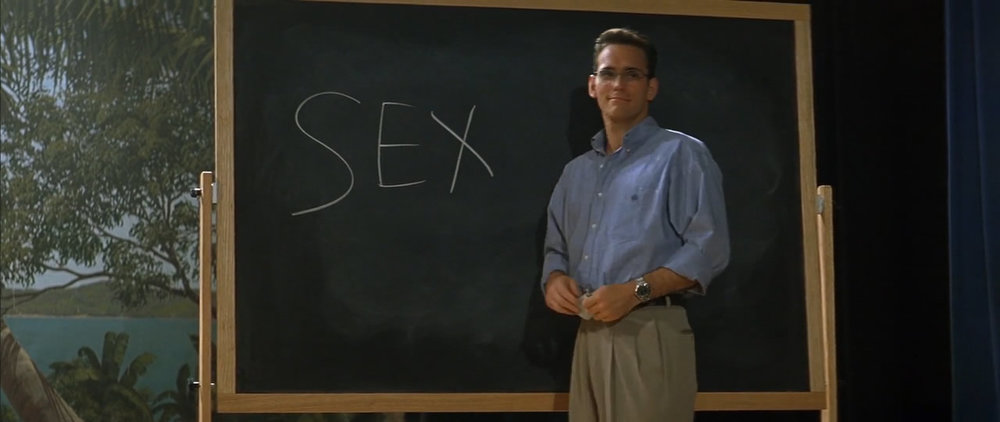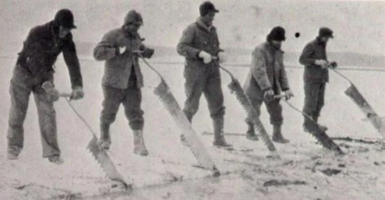College Offers Class Where Students Watch Porn Together
A liberal arts college in Utah is making waves for a college porn class, where students and the professor watch porn together.

Pornography has become a common aspect of modern society. So much so that Psychology Today even endorses teaching children “porn literacy.” Last year, an expensive College Prep School in New York came under fire last year for teaching high school students about this subject, and now Utah’s Westminster College is offering a 2-credit college porn class on the art of pornography.
When the push for teaching students about porn first came into the spotlight, psychologists and teachers argued that children were going to be exposed to pornography and that they should be prepared to recognize fiction and fantasy to stay grounded. While it is true that pornography has become increasingly acceptable in modern times, the adverse effects of it are reported at all levels, and teaching it as an art form further panders to grooming techniques that normalize the acceptance of something that is not generally considered a healthy normal aspect of society. When institutions of learning are teaching college porn classes, one must wonder if the university staff has examined all the data regarding this controversial subject.

Access to pornography has grown at such a rate that many people cannot avoid it. Searching the wrong words while doing online research can produce alarming results. This has normalized such searches to the degree that more than 90% of young men reported regular viewing, and though plenty of academics claim that this is healthy and natural, the average age of first exposure to porn is 11. The United States is currently battling serious child sexual abuse, which has also increased as access to porn, and sexual content has become more frequently circulated, as is the point in case with colleges now offering college porn classes.
In addition, pornography has been known to damage the brain. It is correlated to less gray matter, and it contributes to patterns of abuse of women, as most sex workers are victims of abuse who pander to sexual fantasies which often include dehumanization and aggression. As if that weren’t enough, frequently watching porn even causes sexual dysfunctions. Knowing this, parents, teachers, and students may question whether a college porn class is really necessary to further the progress of academia.
Especially being that the college describes the porn class as a film analysis group that would merely study the artistic value of watching people have sex. In their description, pornography isn’t described as a sexual act, but as a “radical art form,” driven by sexualization that will be examined through the scope of identity politics as well. This liberal arts college is really pushing its “liberal” label.

Westminster College is joining a new trend that works to herald pornography and sex work as normal healthy aspects of society and now, even artwork without taking into account that the women involved in the “films” often face stalking, violence on and off-screen, being discarded by the industry once they “age out” of it, and the fact that they also struggle to have meaningful relationships off-screen. Not to mention the risk of STIs, infections, and loss of fertility. These serious issues are not listed in the college porn class description and aren’t likely to even be mentioned.
Regardless of whether or not women are led to believe that sex work is “empowering,” or adult men and women think watching porn is just a regular activity, frequent pornography use contributes to many harmful effects. College porn classes, and even lower-level “porn literacy” courses, are still quite experimental themselves and so their curricula are not fully developed. Knowing this, parents and students may wonder if teaching porn — and viewing it in the classroom — is truly a good use of tuition money.



